In June 1914, the FC Taylor Fur Company of St. Louis Missouri patented a set-gun device and US Patent number 1,098,742 became the Taylor Fur Getter for sale to suppliers.
Meanwhile after a train wreck in Siberia in 1919, Lieutenant John Brandon, from St. Cloud Minnesota (now named Yevgeny Roskovski) was adjusting to his new life.
One cold and snowy day, he set out dressed completely in animal skins and furs on a trapping and hunting trip carrying his beloved .30-40 Krag. (wait, what? No Fur Getter?)
Continue reading “Taylor Fur Getter Turns 100!”



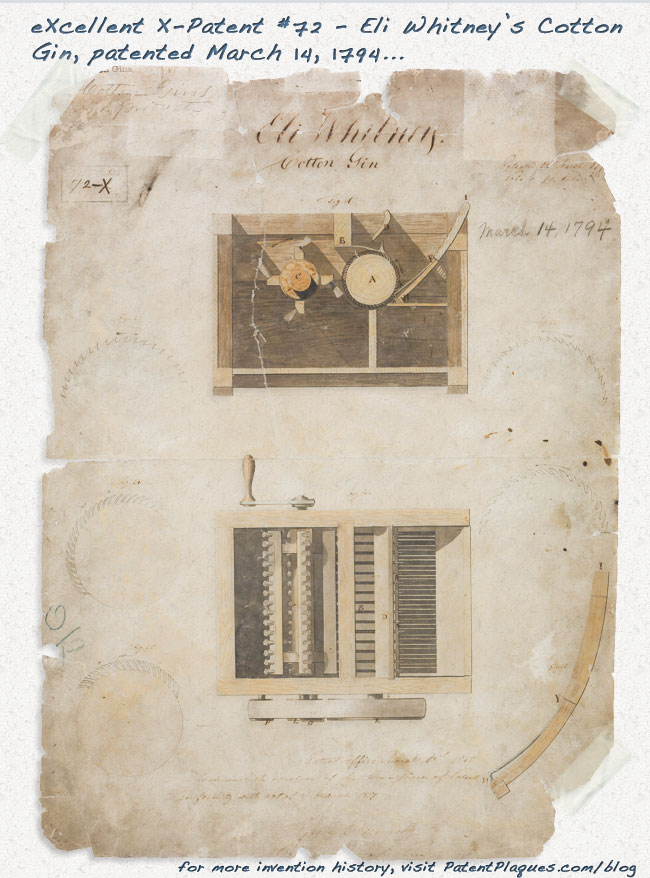
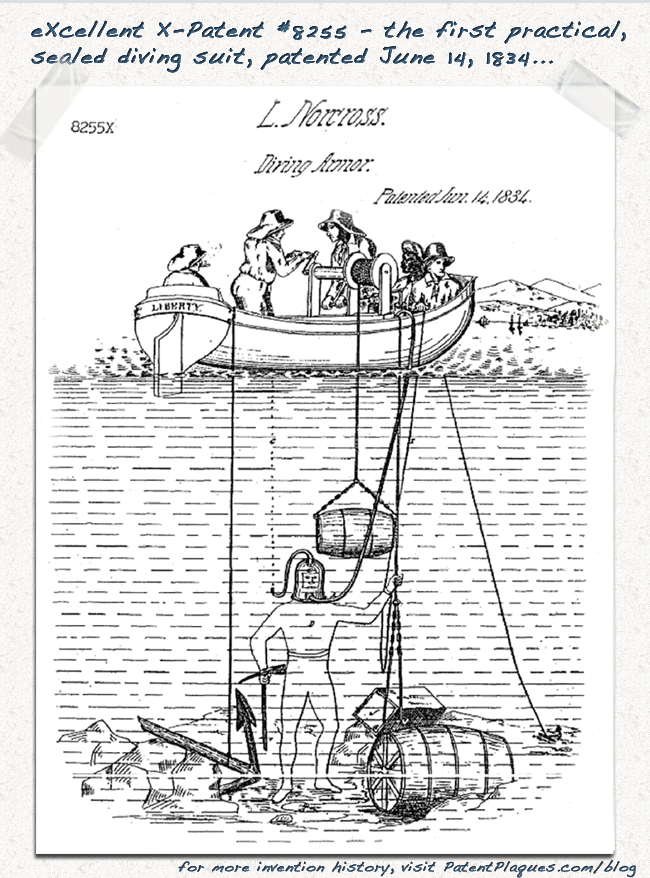
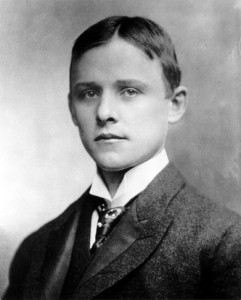
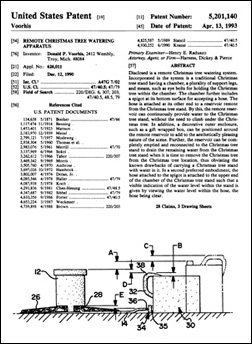 Donald P. Voorhis received US Patent 5201140 on April 13, 1993 for a Remote Christmas Tree Watering Apparatus.
Donald P. Voorhis received US Patent 5201140 on April 13, 1993 for a Remote Christmas Tree Watering Apparatus.
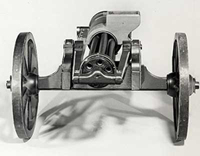 John Gatling was not a man out to promote war and the killing of men with his invention. Instead, Gatling believed that the invention of an automatic weapon would reduce war and the death of soldiers. He thought because the gun would have such a devastating effect on the armies, once seen on the battlefield it would send the other side running. In addition, a weapon that had the impact of many men when used by few would reduce the number of soldiers needed thereby reducing the number of casualties.
John Gatling was not a man out to promote war and the killing of men with his invention. Instead, Gatling believed that the invention of an automatic weapon would reduce war and the death of soldiers. He thought because the gun would have such a devastating effect on the armies, once seen on the battlefield it would send the other side running. In addition, a weapon that had the impact of many men when used by few would reduce the number of soldiers needed thereby reducing the number of casualties.